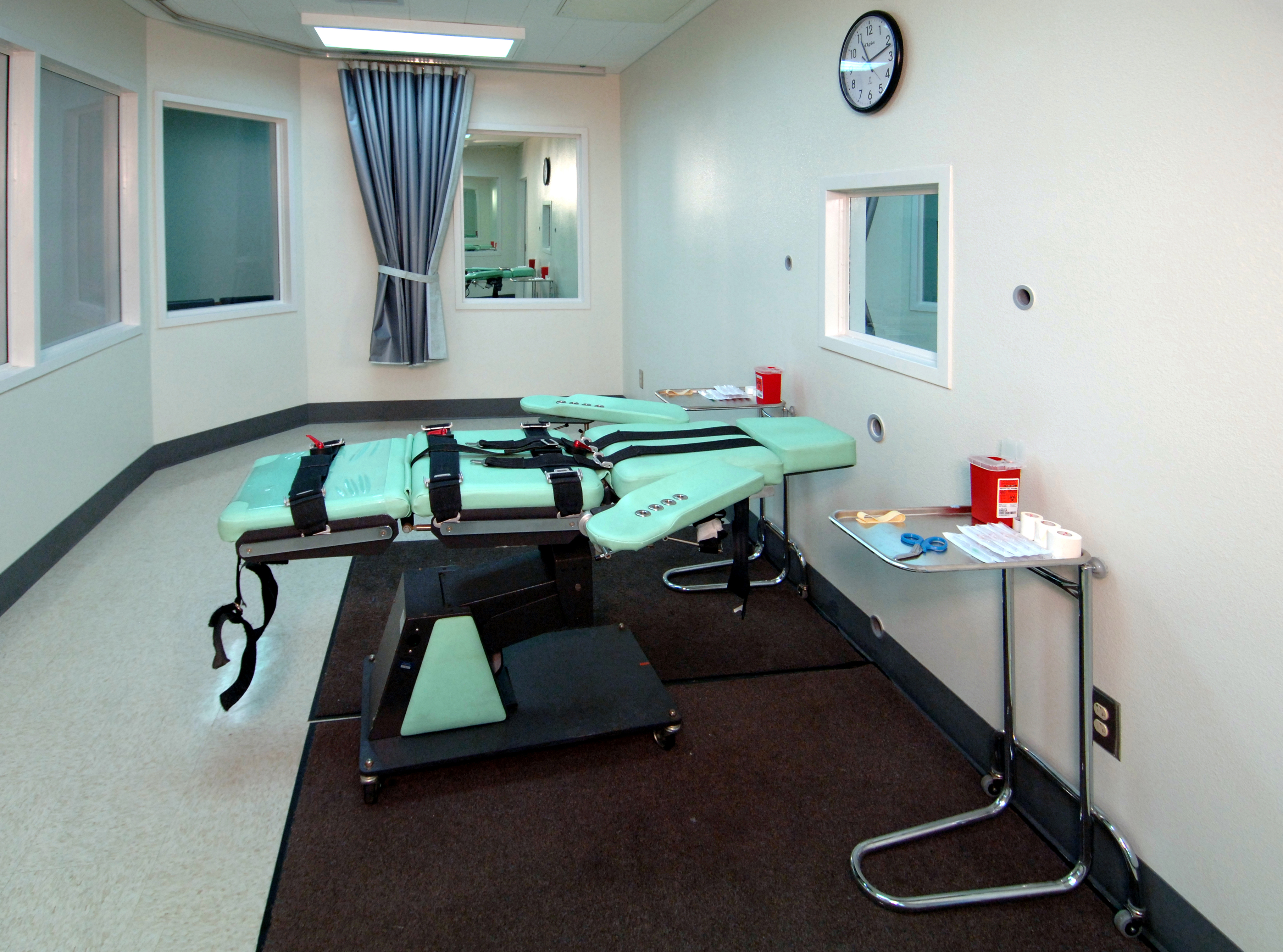
Image by Slowking4 and licensed under the Creative Commons Attribution-Share Alike 3.0 Unported license.
In our last post , focusing on Albert Bandura’s analysis of moral disengagement as a manipulative tool in the hands of the NRA leadership, we discussed how the NRA uses “moral” (i.e., pseudo-moral) justifications, euphemistic labeling, advantageous comparison, and diffusion of responsibility to manipulate people’s thinking about deadly weapons.
Bandura also describes the way the NRA minimizes and misrepresents the adverse effects of today’s deadly semiautomatic weapons. Charlton Heston, former NRA president, proclaimed “I want to save the Second Amendment from the nitpicking little wars of attrition, fights over alleged ‘Saturday Night Specials,’ plastic guns, cop-killer bullets and so many made-for-prime-time non-issues….”
The NRA is also skilled at attributing the blame for the growing deadliness of guns to agents other than themselves. Remember their mantra: “Guns don’t kill people, people kill people.”
Bandura suggests that the gun industry has also developed their own novel way of promoting moral disengagement regarding guns—i.e., by claiming that gun regulations are futile. After the fatal shooting in the movie theater in Aurora, Colorado, the state governor argued against stricter gun controls, saying that if the shooter had been unable to buy weapons, he would have made a bomb.
There is considerable evidence that gun control legislation can reduce gun deaths. How can we morally engage people in nonviolent resistance to the NRA?
In an earlier blog, I identified mechanisms of moral engagement that are parallel to and can counteract reliance on processes of moral disengagement. Let’s consider how these mechanisms might work in response to the NRA propaganda machine.
The NRA’s pseudo-moral justifications for unlimited access to arms can be countered by the use of principled moral arguments both against reliance on deadly weapons to combat fears of harm fueled in the media but also against NRA arguments such as their claim that arming the German citizens in the 1930s would have prevented the Holocaust. (Did he never learn that the armaments of many countries were insufficient to stop the Nazi machine for several years into the war?)
Euphemistic labeling can be countered by realistic descriptive language—telling it like it is, which is essential to speaking truth to power (and corruption). Guns are not, as the NRA claims just a means of protection from violence and an assertion of independence in the face of autocratic governments; they are deadly instruments of violence that can kill oneself, one’s family, and other innocent people–and do so every day.
The reciprocal of advantageous comparison is identifying better alternatives; as Gandhi said, “an eye for an eye” leaves the whole world blind. There are better–more moral and more enduring–ways of securing the future.
Rather than diffusing and displacing responsibility, a morally engaged person is a moral agent who accepts responsibility, recognizing, for example, that refusing to stand up to the NRA endangers the safety of all Americans—in their homes, in the streets, in movie theaters, in elementary schools, on college campuses.
Rather than blaming the victims of violent crimes for not having guns to protect themselves, as the NRA does, we should recognize that those victims deserve exoneration—and shift the attribution of responsibility to those who profit obscenely from gun sales. (You know who they are.)
Finally, instead of dehumanizing and denigrating supporters of gun control, as Charlton Heston did when he called them “loony leftists,” isn’t it better both to humanize the victims of gun violence and respect those who have the courage to take on the NRA?
To learn more about the Brady campaign to end gun violence, click here.
Kathie Malley-Morrison, Professor of Psychology



